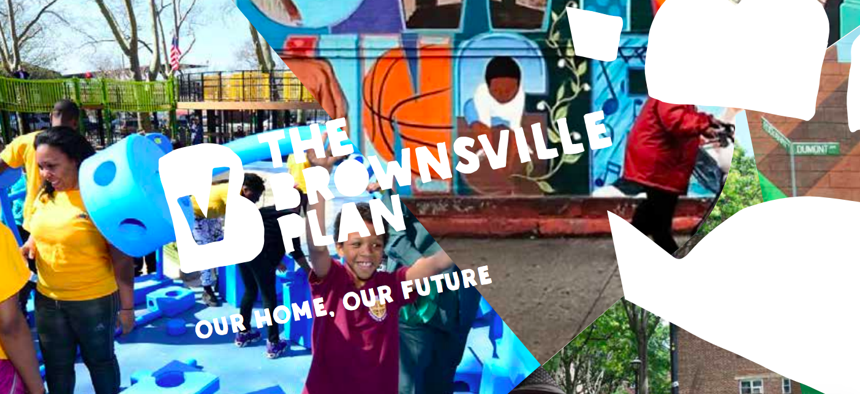A Neighborhood-Driven Approach to ‘Smart City’ Technology

NYC.gov
2018 NAVIGATOR AWARD WINNER: José Serrano-McClain, former Project Manager, NYCx, Mayor's Office of the Chief Technology Officer, City of New York.
This is the seventh in a series of 10 profiles on the individuals and teams who were named 2018 Route Fifty Navigator Award winners.
The approach José Serrano-McClain took to a New York City program intended to deploy emerging technologies in low-income communities, mirrored his earlier work on an effort to re-envision parts of Flushing Meadows Corona Park in Queens.
Serrano-McClain, 39, explained by phone recently how it can be difficult for members of the public who don’t have expertise in areas like planning and design to gain equal footing in discussions about remaking public spaces like the park— the largest in the borough.
“It’s always something like: ‘you don’t understand the implications of what you’re talking about, you don’t understand how the capital process works,’” he said.
A program he helped spearhead involved the formation of a “community design school,” where about two dozen community leaders and activists worked through a four-month curriculum aimed at helping them to develop and then publicly present ideas for how to improve the park.
When he joined New York’s Office of Technology and Innovation in 2016, Serrano-McClain retooled the community design school framework and used it to help establish a “community technology advisory board” in Brooklyn’s Brownsville neighborhood.
The board provided a foundation for the city’s first NYCx Co-Lab, an initiative Mayor Bill de Blasio’s administration rolled out last year, as part of the city’s broader Brownsville Plan. As with the design school, the board completed a four-month curriculum, with sessions featuring technologists, policy makers and researchers.
“The goal was not to make this group of 25 community members necessarily tech experts, but really to build their capacity to be strategists,” Serrano-McClain said.
For the group, this meant developing a sense of what projects could be a good fit for their neighborhood, while also drawing interest from tech companies. During later phases of the Co-Lab initiative, it was also expected they’d help to implement and evaluate projects.
The advisory board came up with two “challenges” that they wanted to see the tech sector help tackle. One focused on cutting down on the amount of waste in public housing, the other on how to create safe and vibrant nighttime corridors in Brownsville.
Before posing the challenges to the tech sector, the board sought buy-in from the city agencies that were poised to be involved—the sanitation department and the housing authority. “We brought them to the workshops to see the excitement,” said Serrano-McClain.
Once proposals started coming in, it was up to the board to help vet them.
The city in April announced two winners of the “Zero Waste in Shared Space” challenge.
They included EcoRich, LLC, the manufacturer of an automated system for processing food scraps into compost. A partner organization is training young people about the machine and related topics. “Basically prototyping a new green job,” as Serrano-McClain puts it.
The other winning proposal in the zero waste category was from Mothers on the Move, a South Bronx-based nonprofit organization offering door-to-door recycling pickup services, and regularly updated data visualizations to show which buildings are recycling the most.
One winner of the “Safe and Thriving Nighttime Corridors” challenge was a project meant to augment street lamps along Belmont Avenue with programmable LED light strips, which get brighter and trigger other lights when people pass nearby.
The other winning nighttime corridor project incorporates an interactive 3D projection system, which will showcase digital content, including community artwork, on the walls around a plaza.
“Brownsville is a place with a ton of visual artists, and there’s not a single art gallery,” said Serrano-McClain. He noted that there would be a process in place for taking ideas proposed by local residents, and turning them into imagery that could be projected.
Serrano-McClain recently took a job with the consulting firm HR&A Advisors, whose clients include cities. But one of his last projects before leaving his position with the city was to kick off a second co-lab in the Inwood and Washington Heights area of Manhattan.
“If you have a community framing the challenge, really taking the lead, then you’re beginning to create an opening,” he said, “for tech companies that might have something to offer.”
Bill Lucia is a Senior Reporter for Route Fifty and is based in Washington, D.C.
NEXT STORY: Los Angeles Inks New Data-Sharing Agreement With Scooter and Bikeshare Companies






